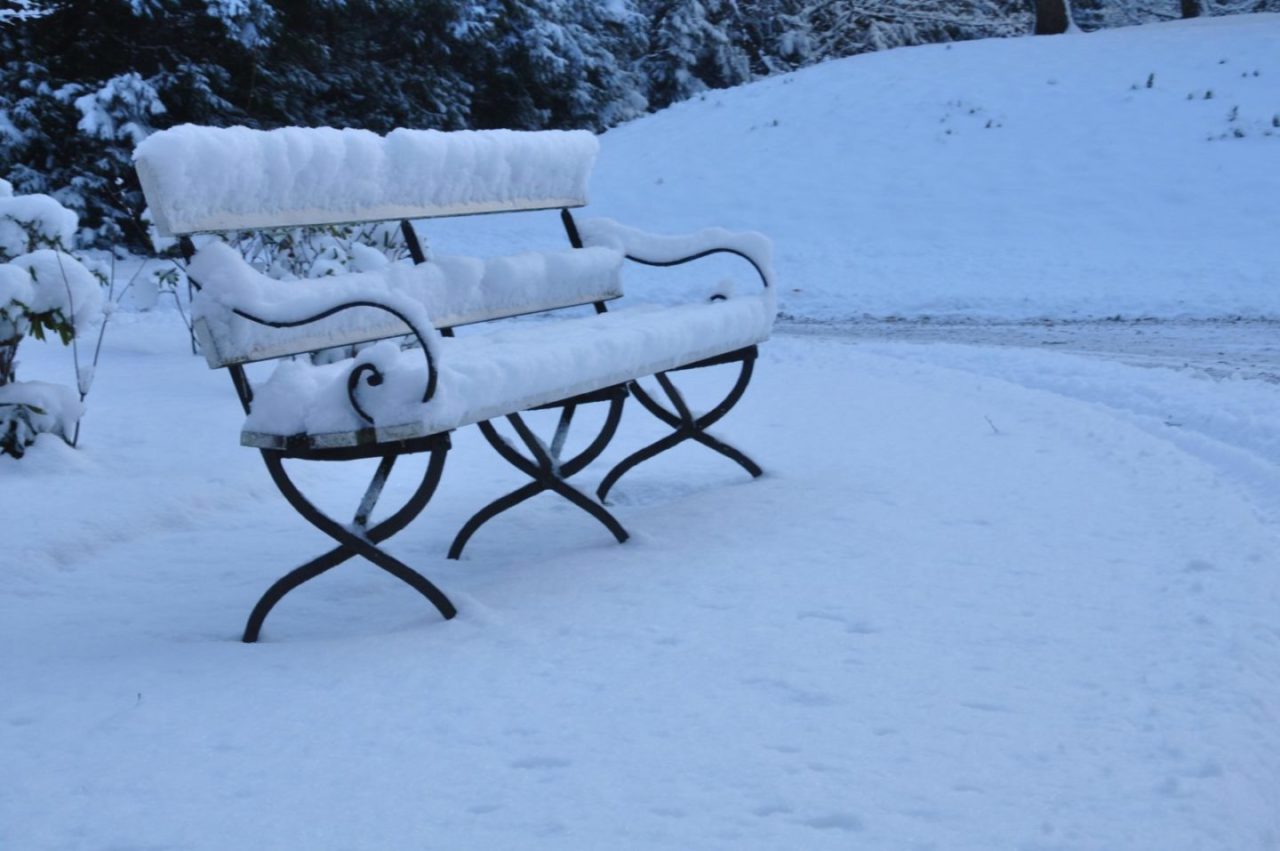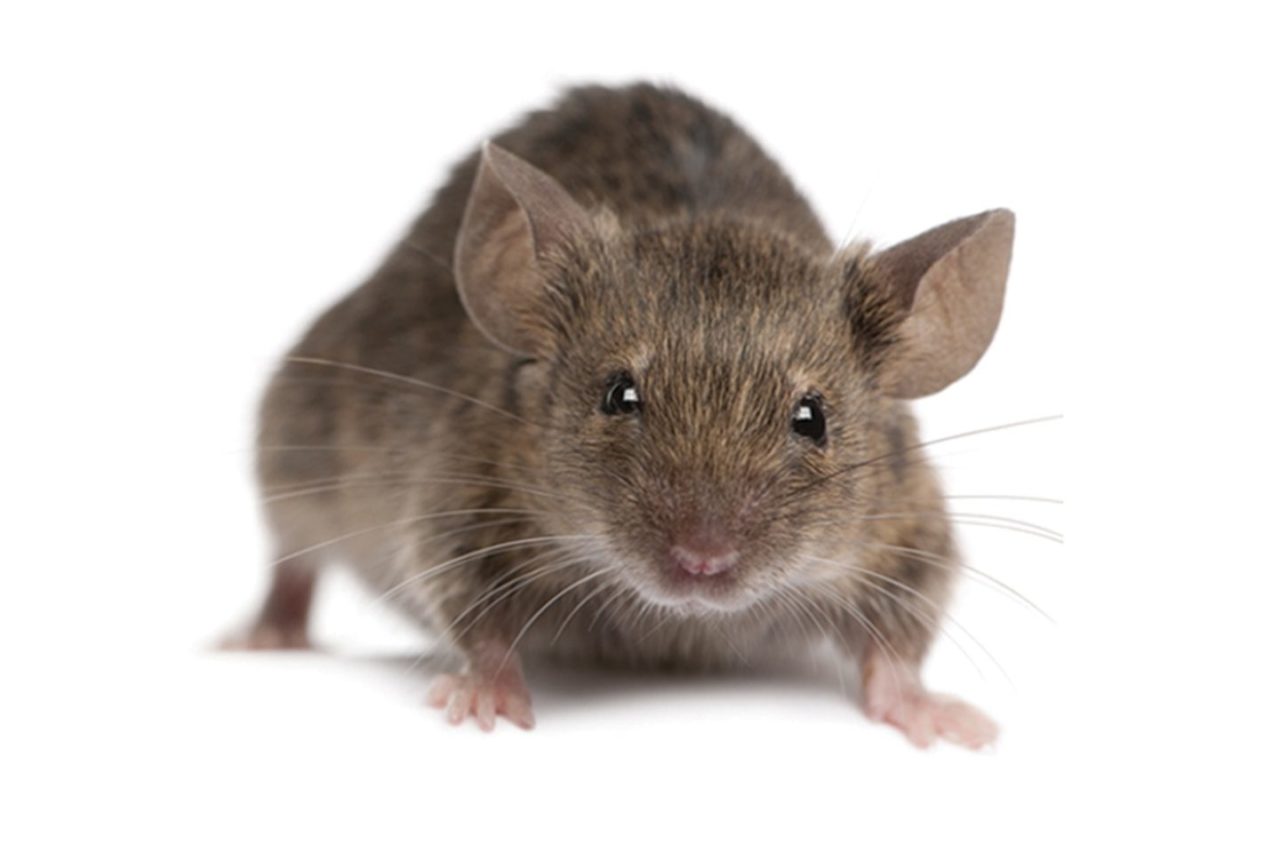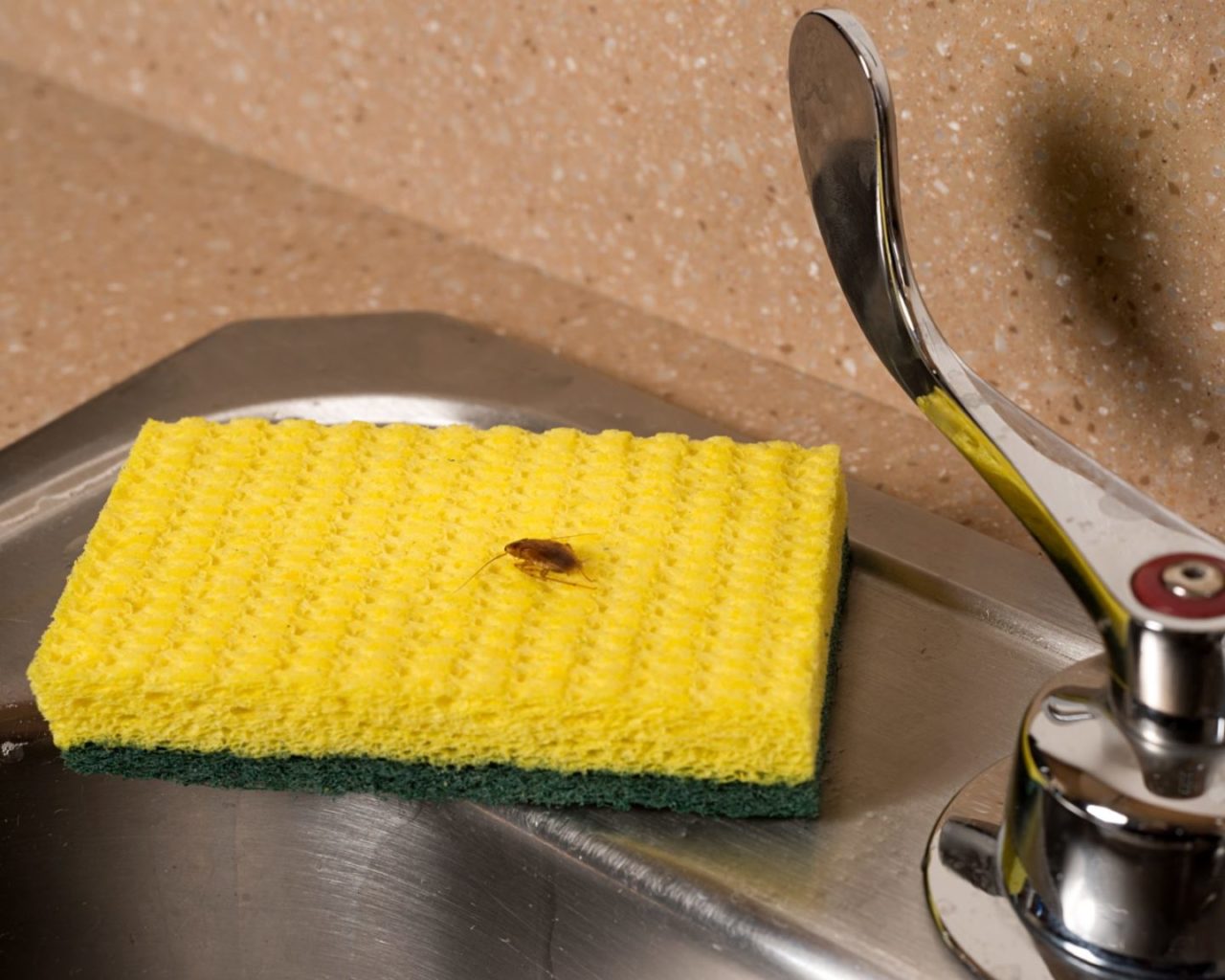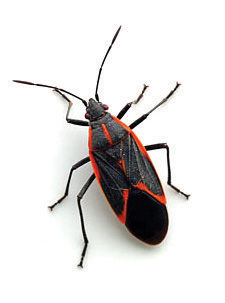There’s no question, we’ve been lucky this year with unseasonably warm weather. But this delay into winter may have only caused pests to thrive into months where they’d normally go into an overwintering state. We have had numerous reports and calls about certain pest activity that should have died off by now, like mosquitoes. Here’s the skinny on what types of pests to prevent this season in Northwest Indiana.
Winter Pests
With the arrival of winter comes all sorts of wicked weather, from snow and ice to wind and heavy rain. We just want to remind homeowners to take steps now while we still can to batten down the hatches and prevent any unwanted pests from taking advantage of their home’s vulnerabilities that can result from winter weather scenarios.
“Typical cold weather pests in Northwest Indiana, such as mice, cockroaches, and boxelder bugs, tend to seek shelter in higher numbers with the arrival of winter weather,” said Dave Sloop, Franklin Pest Solutions Michigan City Branch Manager. “These pests can not only cause structural damage to walls and electrical wires, but also spread diseases during a time when people are spending more time indoors.” Cockroach and rodent presence contributes to and can cause asthma and allergy issues. And a presence usually means a healthy population.
House Mouse
- Round in shape
- Brown or gray with lighter belly
- 2 3/4-4″ long
- Can birth 6 babies every 3 weeks
- Cannot see clearly beyond 6 inches and color blind
- Produce about 50 droppings a day, each
- Can fit through openings as small as dime-sized
- Live in structures
- Nests in dark, secluded areas
- Makes nest out of paper products, wall insulation, cotton, etc.
- Can jump up to a foot high
- Prefers to eat seeds and insects but will eat many available food items
- Known to spark electrical fires by gnawing on wires in walls
- Eat and contaminate stored food items
- Vector of Salmonella, tapeworms, fleas, and other organisms
German Cockroach
- Light brown to tan with two dark stripes behind head
- Oval in shape
- 1/2-5/8″ long
- Most common species of cockroach
- Lives in cracks and crevices near food and moisture, which is why they love kitchens and bathrooms
- Prefer warm, humid environments
- Good hitchhikers via bags, boxes, used furniture, purses and backpacks, etc.
- Known to spread 33 kinds of bacteria, 6 kinds of parasitic worms, and at least 7 other pathogens
- Cockroach allergens cause allergic reactions in children and can exacerbate asthma attacks.
- Breeds at a rate of 6 generations per year
- Feeds on almost anything, including soap, glue, and toothpaste
- Can fit through an opening as small as 3/16 of an inch in width
Boxelder Bug
- Black with red or orange markings on back
- 6 legs
- Oval in shape
- 1/2″ long
- Found near boxelder trees and on south and west sides of homes in the sun
- In a natural environment, boxelder bugs feed on maple and seed-bearing trees during warm months
- Basks in the sun on rocks, trees, buildings
- Hide in small cracks and crevices in walls to overwinter
- Not known to bite, but can pierce skin and cause irritation
- Leave a pungent odor when smashed
- Stains fabric, discolors curtains, clothing
Winterize Your Home Against Pests
Snow, ice, wind and rain can all cause different types of home deficiencies that could end up granting pests entry both in the short and long-term. However, there are many precautions homeowners can take based on the following winter weather conditions.
- Snow: When the temperature drops and snow starts to accumulate, rodents including mice, rats and squirrels will be searching for warmth indoors. Rodents can squeeze through small cracks and crevices that might get overlooked, especially where pipes and wires enter the home. Once inside, they can cause structural and electrical damage and spread disease. Homeowners should regularly inspect the exterior and interior of their home for any possible access points for pests.
- Ice: Homeowners should keep on the lookout for ice dams, which form on roofs and can prevent snow from melting. The moisture backup from ice dams can cause damage to walls, ceilings, insulation and drywall. This can attract a number of pests that love moisture such as carpenter ants. Keep an eye out for any leaky spots in the home that could indicate an ice dam and take action to remove it before further damage occurs.
- Wind: Strong winds can cause damage to roof shingles. Cracked areas in the roof and siding are perfect places for nuisance wildlife, including raccoons and bats, to gain access to the home. Periodically check the roof for missing shingles and be sure to fix damage right away.
- Rain: Homeowners should check trouble spots for any leaks or areas of moisture caused by rain or melting snow. Pests such as termites are attracted to moisture and often go unseen as they build nests and grow their colonies inside homes. Be sure basements and attics are dry and clear of water damage after heavy rain or snowfall.
“Winter weather is aggravating in and of itself, but following these precautions will help homeowners avoid the additional headache of a future pest infestation,” added Sloop.
If you suspect an insect or rodent issue, just call or come see us! We’ll identify your problem for free, give you expert tips for free, and offer customized solutions for your Peace of Mind!
{{cta(‘0deb5045-c1a9-4949-b80a-b5c981900a18’)}}






